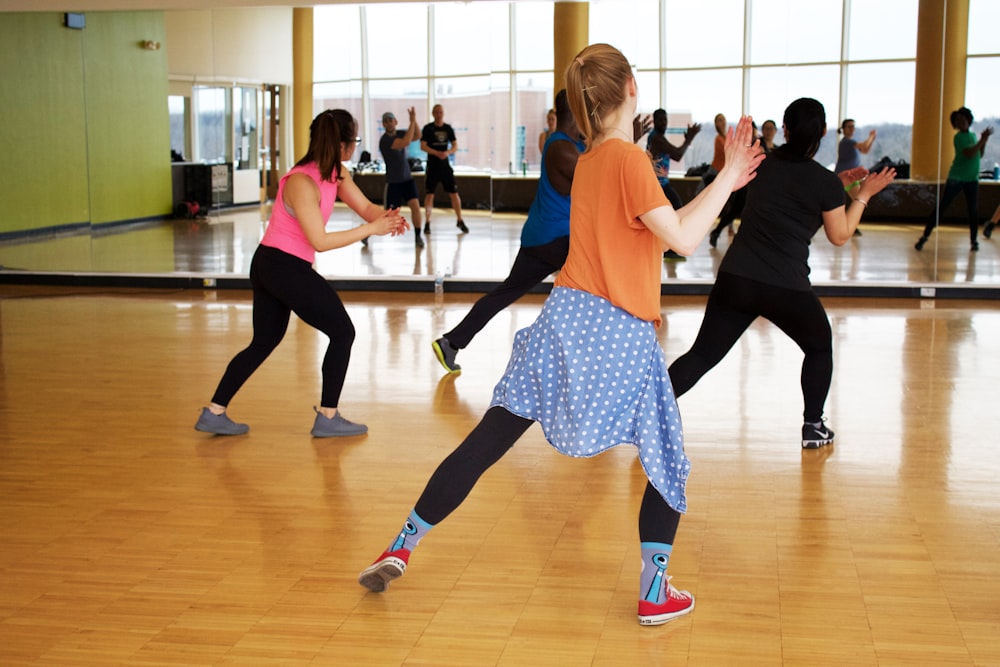Efficient Workouts Advantages of Compound Movements
Maximize Gains: Benefits of Compound Exercises
In the realm of fitness, compound exercises are often hailed as the cornerstone of effective and efficient workouts. These multi-joint movements offer a plethora of benefits that go beyond just building muscle mass. Let’s delve into the advantages of incorporating compound exercises into your fitness routine.
Efficient Workouts: Advantages of Compound Movements
One of the primary benefits of compound exercises is their efficiency. Unlike isolation exercises that target a single muscle group, compound movements engage multiple muscle groups simultaneously. This leads to more efficient workouts, allowing you to achieve greater results in less time.
Compound Exercises Explained: Why They Work
The effectiveness of compound exercises lies in their ability to mimic real-life movements. By engaging multiple muscles and joints in a coordinated effort, these exercises promote functional strength that translates into improved performance in daily activities and sports.
Strength and Size: Benefits of Compound Workouts
Compound exercises are renowned for their ability to build both strength and size. By targeting major muscle groups, such as the chest, back, and legs, compound movements stimulate muscle growth and enhance overall muscular development. This makes them a staple in strength training programs for individuals looking to increase muscle mass.
Unlock Your Potential: Advantages of Compound Training
Another advantage of compound exercises is their versatility. They can be modified and combined in various ways to create customized workout routines that cater to different fitness goals. Whether you’re focusing on strength, endurance, or overall fitness, compound exercises offer a range of options to suit your needs.
Compound Exercises Demystified: Key Benefits
One key benefit of compound exercises is their ability to improve coordination and balance. Since these movements require coordination between multiple muscle groups, they help enhance neuromuscular coordination, leading to better balance and stability.
Whole-Body Fitness: Advantages of Compound Routines
Unlike isolation exercises that target specific muscles, compound exercises promote whole-body fitness. They engage core muscles as stabilizers, leading to a stronger and more functional core. This not only improves posture but also reduces the risk of injuries during physical activities.
Power and Performance: Benefits of Compound Movements
For athletes and fitness enthusiasts alike, compound exercises are instrumental in enhancing power and performance. The integration of multiple muscle groups in compound movements translates into increased power output, which is essential for activities that require explosive movements, such as sprinting and jumping.
Compound Exercises Unleashed: Key Advantages
Moreover, compound exercises contribute to metabolic benefits. Due to their high-intensity nature and engagement of large muscle groups, compound movements elevate heart rate and boost calorie burn both during and after workouts. This makes them an effective choice for those aiming to improve cardiovascular health and manage weight.
Comprehensive Fitness: Benefits of Compound Training
In summary, the benefits of compound exercises extend far beyond muscle building. They offer efficient and effective workouts, improve functional strength and coordination, enhance whole-body fitness, and contribute to metabolic health. Incorporating compound movements into your fitness routine can unlock your full potential and lead to transformative results








